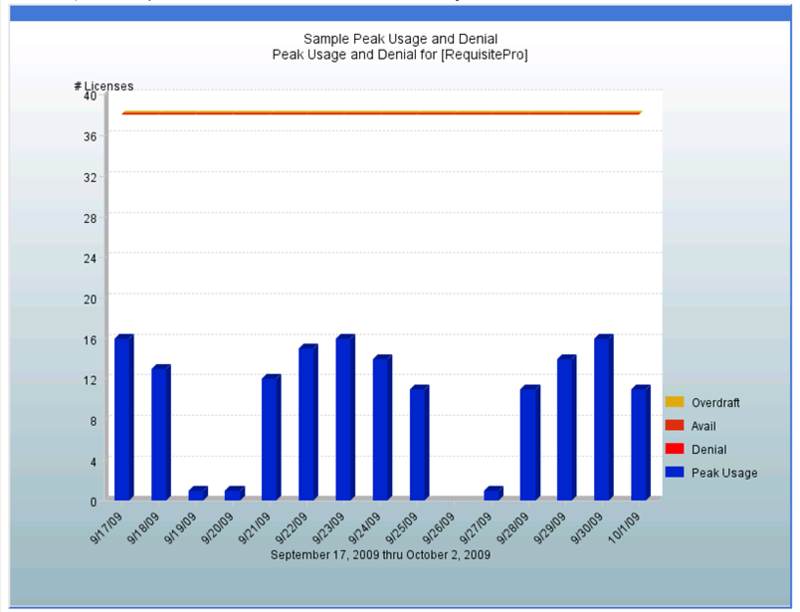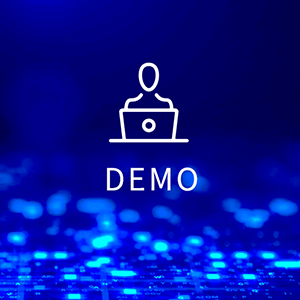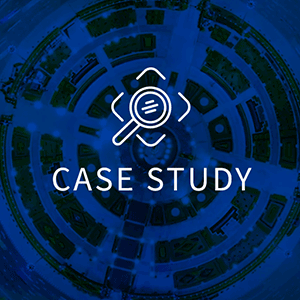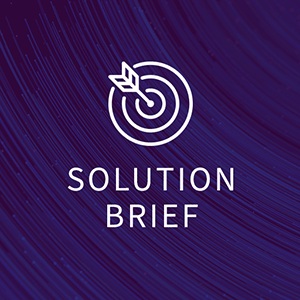While the most dominate license types for desktop applications are device or user based licenses, it is still commonplace to find concurrent licenses. Those of us who have been around awhile, thought that concurrent licensing would go the way of the dodo bird once capacity based license models took hold. We were wrong! (In fact, the 2011 Flexera – IDC Pricing and Licensing Survey showed that concurrent licensing was the most popular model for enterprises.
With concurrent licenses (sometime referred to as “network” or “floating” licenses) for software titles such as AutoCAD or IBM ClearCase, traditional Software Asset Management (SAM) practices may not provide the expected results. For example, organizations may just run an inventory report to see the number of installations they have in their environment and then use software metering to determine which licenses are used. While this approach works for device based and other types of licenses, it does not provide enough information to optimize concurrent licenses. It’s not really the number of installations that need to managed, but the number of users that have licenses checked out at the same time—its all about concurrent usage.
IT Asset Management
It all starts with knowing what’s in your IT ecosystem. Flexera One discovers even the most elusive assets whether on-prem, SaaS, cloud, containers and more.
Most concurrent licenses are served (i.e. made available to users requesting to run the licensed application) by a license server, such as Flexera’s FlexNet License Service, to serve and control access to the software. Therefore, license compliance is not usually the primary concern with these licenses because the license server will not allow the enterprise to use more licenses than they have available. (There are other ways to be non-compliant, however, such as using licenses in another geographic location, when they are restricted to a specific region). In any case, many sites often have more licenses than they need so that they never have a ‘denial of service’—which occurs when someone would like to run a licensed application and there are no licenses available to be checked out to that user.
To really optimize concurrent licenses you need a view of license usage over time to show the high water mark for concurrent usage similar to the example report in figure 1.

There are a couple of different ways to collect this type of usage information. The first way involves polling the license server to get a sampling of the overall usage, and then transferring this polling information into a database to build a usage report showing the number of licenses available and a sampling of the peak concurrent usage. This is not the most accurate way to track the licenses but it can be effective at providing a good understanding of the usage trends and possibly find opportunities to reduce software cost by eliminating the maintenance payments on excess licenses.
The second way to track and manage concurrent licenses is to use a commercial solution designed for this purpose. This type of solution collects detailed usage information only available through the FlexNet License Server report log. With this type of solution you can review a series of reports that will provide complete details on license concurrency such as Peak Usage Summary, Usage Over Time and Usage Efficiency Reports that allow you to determine the exact number of licenses needed to support your user community.





